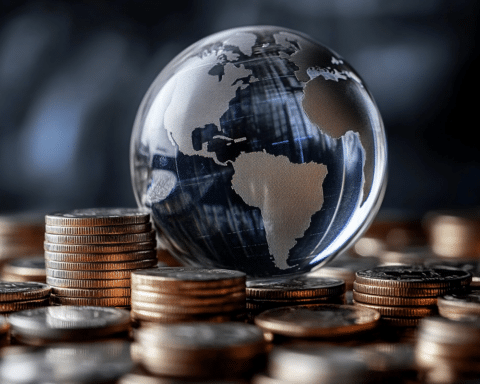A prolonged phase of reduced growth for the Chinese economy could have significant worldwide implications following 45 years of rapid expansion and global integration.
To stimulate the economy, the Chinese government is introducing various measures. Leaders declared on Monday their intention to “modify and enhance policies promptly” to aid the struggling property sector while prioritizing stable employment. They further vowed to increase domestic consumption and tackle local debt risks.
Beijing reported on Monday that the Chinese GDP grew 6.3% year-on-year in the second quarter, falling short of the anticipated 7.3% expansion following the country’s emergence from strict Covid-19 restrictions.
Economic growth was at 0.8% every quarter, slower than the 2.2% increase in the first quarter of the year. At the same time, youth unemployment reached an unprecedented 21.3% in June. On the brighter side, the growth rate of industrial production increased from 3.5% in May to 4.4% in June, surpassing expectations.
The Chinese Communist Party has set a lower-than-usual growth target of 5% for 2023, remarkably conservative for a nation that has seen an average annual GDP growth of 9% since its economy opened up in 1978.
Recent weeks have seen authorities unveil a series of pledges targeted at specific sectors or aimed to assure private and foreign investors about the prospect of a more beneficial investment environment.
However, these were broadly generalized initiatives lacking significant details. The latest update from the Politburo’s quarterly economic affairs meeting echoed a dovish tone but did not reveal substantial new announcements.
Julian Evans-Pritchard, the head of China economics at Capital Economics, indicated on Monday that the nation’s leadership is “clearly concerned,” citing the challenging economic path and numerous economic hurdles.
The “triple shock” of Covid-19 and extended lockdown measures, a troubled property sector, and a range of regulatory changes under President Xi Jinping’s “common prosperity” vision are still affecting the Chinese economy, as per Rory Green, the head of China and Asia research at TS Lombard.
Unless Beijing takes appropriate measures, these challenges could become ingrained and potentially push China to a considerably slower growth rate, according to Green.
TS Lombard predicts stabilizing the Chinese economy by late 2023 but anticipates a more long-term structural slowdown. Due to these structural challenges, the economy is expected to average closer to a 4% annual GDP growth.
While global companies will still require exposure to China, the largest consumer market in the world, the slowdown could make it “slightly less enticing” and speed up “decoupling” with the West regarding investment flows and manufacturing.
The most immediate global impact of a Chinese slowdown could be seen in commodities and the industrial cycle as China reconfigures its economy to lessen its reliance on a property sector that has been “absorbing and driving commodity prices.”
According to Green, the economy’s recalibration away from property and towards more advanced manufacturing will have “second-order impacts” on the global economy.
Though the future of Chinese households, the private sector, and state-owned enterprises post-transition remains unclear, Green believes the nation is currently at a “pivotal point.”
He suggests that the new version of the Chinese economy will not just be a slower version of what it was before Covid but one driven by unknown factors and featuring novel characteristics.
The effects will likely ripple globally as China faces a potential shift to a slower growth era. Policymakers worldwide must brace themselves for the economic changes this transition might bring. Although the slowdown presents challenges, it could also unveil novel opportunities, particularly in advanced manufacturing sectors. The Chinese economy’s metamorphosis might look less attractive in the short term, but its long-term implications could reshape the global economic landscape.




